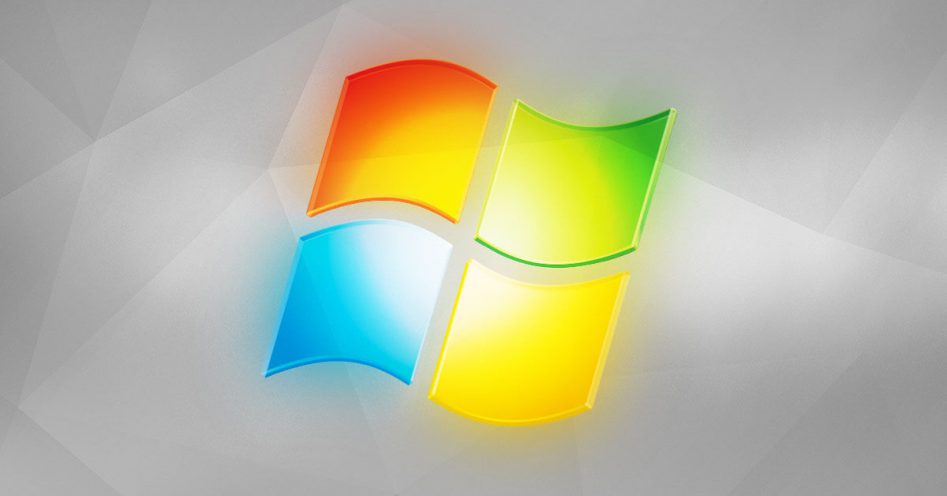Windows Server 2008 end of life is happening on January 14th 2020 - this means Microsoft is stopping all official support for the operating system. There will be no further security updates for servers running it and they could be vulnerable to attack from outside sources.
The operating system was first launched February 2008, so it has had a good run. It not only acted as a standalone operating system but made up the core of both Small Business Server 2008 and 2011. Both of which were widely used by small and medium sized companies. This was because it gave them an internal Exchange Server for a fraction of the price of a full standalone version of Exchange. Exchange was the email system of choice before Office 365 became available (and affordable).
So, if you are currently running Small Business Server this will need to be replaced as well.
What are the options moving forward?
Replacing your internal server
As Small Business Server will no longer be supported it will be necessary to migrate emails to a cloud-based system such as Office 365. It is highly recommended that the migration to Office 365 take place before the server is replaced.
It is then a straightforward process to replace your existing server with a new one and migrate all your data and third-party software.
It is worth checking with your third-party vendors that you are running a version of their software that can operate on the latest server operating system. As if not they may need to be upgraded either at the time of migration or beforehand.
The process of migrating to a new server is relatively time consuming as not only does everything on the old one have to be switched across, but all PCs have to be detached from the older Server and then reattached to the new one. This results in a new profile for each user. All emails, software etc must be setup again.
What are the pros and cons of getting a new internal server?
The advantage of using an internal server is that all the data can be accessed locally. It also allows users to easily share peripherals such as printers, scanner etc on the network. Security and access control can also be managed internally.
The disadvantage is that remote users may have issues accessing the remote data unless an additional server (Remote Desktop Server) are installed.
Cloud-based alternatives to a new server
Nowadays a lot of software vendors offer cloud-based systems. This is where all your data is stored on hosted servers and you run the software locally. Each PC in your office makes its own connection to the cloud so no internal server is required to hold the data.
Office 365 has SharePoint available to users which is effectively a cloud-based File Server. Sites (shared areas) can be setup and specific access can be granted to users. Users can then either synchronise the shared data to their PC and work locally or work on-line leaving all the data in a centrally stored place.
If they opt to synchronise a local copy any changes, they make to a document will be reflected across the entire organisation almost immediately.
This option is extremely good for users who work out of the office as they will always have access to everything, no matter where they are.
The advantages of a cloud-based server solution
The advantage of cloud-based systems is that all data and software is available from anywhere. Data backups are automatic and updates are usually supplied free. The disadvantages of cloud-based systems can sometimes be speed. If there are many users all trying to sync or access data things can slow. A decent speed internet connection is a must. Of course, if the Internet goes down this means no access to anything.
Monthly costs of the various licenses can also make this expensive.
Is it possible to have the best of both worlds?
To deal with the Windows Server 2008 end of life problem we are advising many of our clients to opt for a combination of both systems. We supply a smaller server which lets users authenticate using Active Directory. This allows easy sharing of peripherals and better security and monitoring of user activity.
Shared files and folders can be deployed across both the cloud and the local server depending on who requires access to them. Users can also use OneDrive for private or live files they need access to out of the office.
Third-party software such as account programs etc can be either installed locally or moved to the cloud. This can be done on a software to software basis depending on the type of software and the cost of the options.
Whatever you do your emails must be moved to Office 365 or an equivalent system. This gives greater access to emails across all devices and even of your internet fails you have the data on your mobile to still receive emails.
If you want to have a chat about any of the issue raised in this blog regarding Windows Server 2008 end of life call the office on 01293 562 700 and ask for Jay.
IT Director
As a Director of Optima Systems Ltd Jay is responsible for overseeing Sales and Marketing, Human Resources, Customer Relations and Account Management. In addition, Jay is responsible for the design, development, efficiency and smooth running of the IT Networks of our clients, as well as our own technical infrastructure. More about Jay.
Ask Jay about IT Support / PC, Laptop and Mobile Device Support / Server Support / Backups & Disaster Recovery

